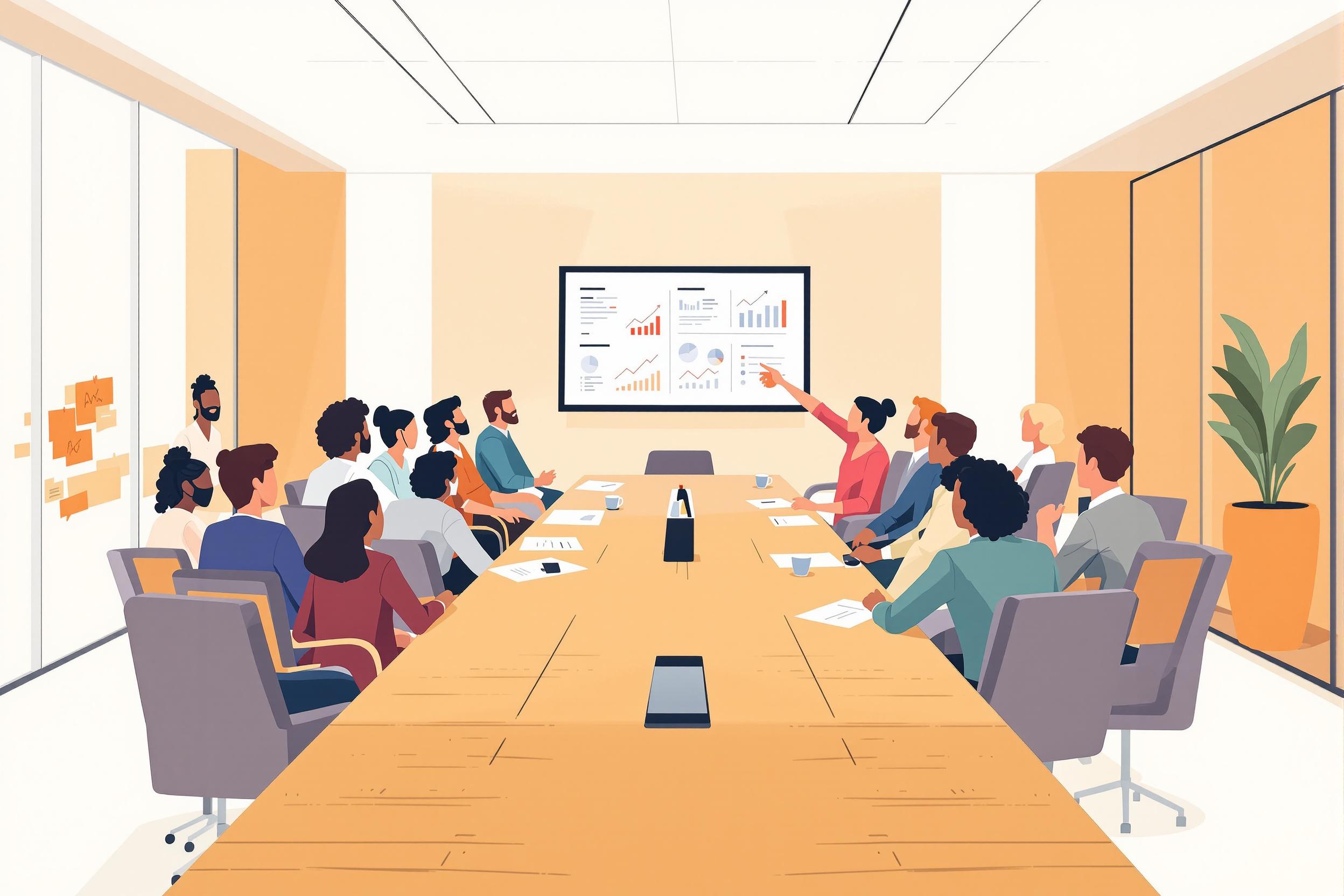
Living Building Challenge
The Living Building Challenge (LBC) is one of the world's strictest green building certification systems. Think of it as a very advanced version of LEED certification. It's like a recipe book that tells architects and builders how to create buildings that are completely environmentally friendly - they produce their own energy, collect their own water, and are built using safe, non-toxic materials. Buildings that achieve this certification are often called "Living Buildings" because they work as naturally as a flower or tree, taking care of their own needs while helping the environment. When you see this on a resume, it means the person has experience with the highest level of sustainable building practices.
Examples in Resumes
Managed certification process for Living Building Challenge project at city museum
Led design team in achieving Living Building certification for corporate headquarters
Implemented Living Building Challenge water and energy systems for educational facility
Typical job title: "Living Building Challenge Consultants"
Also try searching for:
Where to Find Living Building Challenge Consultants
Professional Organizations
Job Boards
Professional Networks
Example Interview Questions
Senior Level Questions
Q: Can you describe a challenging Living Building project you've managed and how you overcame the main obstacles?
Expected Answer: Look for answers that show experience managing complex green building projects, coordinating multiple teams, solving sustainability challenges, and successfully achieving certification. They should mention specific petals (categories) of the Living Building Challenge and how they addressed them.
Q: How do you stay current with Living Building Challenge updates and integrate new requirements into ongoing projects?
Expected Answer: The candidate should demonstrate knowledge of how certification requirements evolve, mention professional development activities, and explain how they implement updates in active projects without disrupting progress.
Mid Level Questions
Q: What are the main differences between LEED certification and the Living Building Challenge?
Expected Answer: Should be able to explain that LBC is more rigorous, requires actual performance verification over 12 months, and has stricter requirements for energy, water, and materials. They should explain this in practical terms.
Q: What strategies do you use to achieve net-zero water in a Living Building project?
Expected Answer: Should discuss water conservation methods, rainwater collection, water reuse systems, and how to meet regulatory requirements while achieving water independence.
Junior Level Questions
Q: Can you explain the basic requirements of the Living Building Challenge?
Expected Answer: Should be able to describe the seven performance categories (called 'Petals'): Place, Water, Energy, Health, Materials, Equity, and Beauty, and give basic examples of each.
Q: What's the Red List in the Living Building Challenge, and why is it important?
Expected Answer: Should explain that the Red List is a list of banned harmful materials and chemicals that can't be used in Living Building projects, and why this matters for human and environmental health.
Experience Level Indicators
Junior (0-2 years)
- Basic understanding of Living Building Challenge requirements
- Familiarity with green building materials
- Knowledge of sustainability principles
- Understanding of certification documentation
Mid (2-5 years)
- Project coordination experience
- Detailed knowledge of all LBC Petals
- Experience with certification process
- Understanding of building systems integration
Senior (5+ years)
- Full project management experience
- Advanced sustainability strategies
- Team leadership and client relations
- Complex problem-solving in sustainable design
Red Flags to Watch For
- No knowledge of basic green building principles
- Lack of understanding of certification processes
- No hands-on experience with sustainable building projects
- Unfamiliarity with building codes and regulations
- No knowledge of energy and water systems




